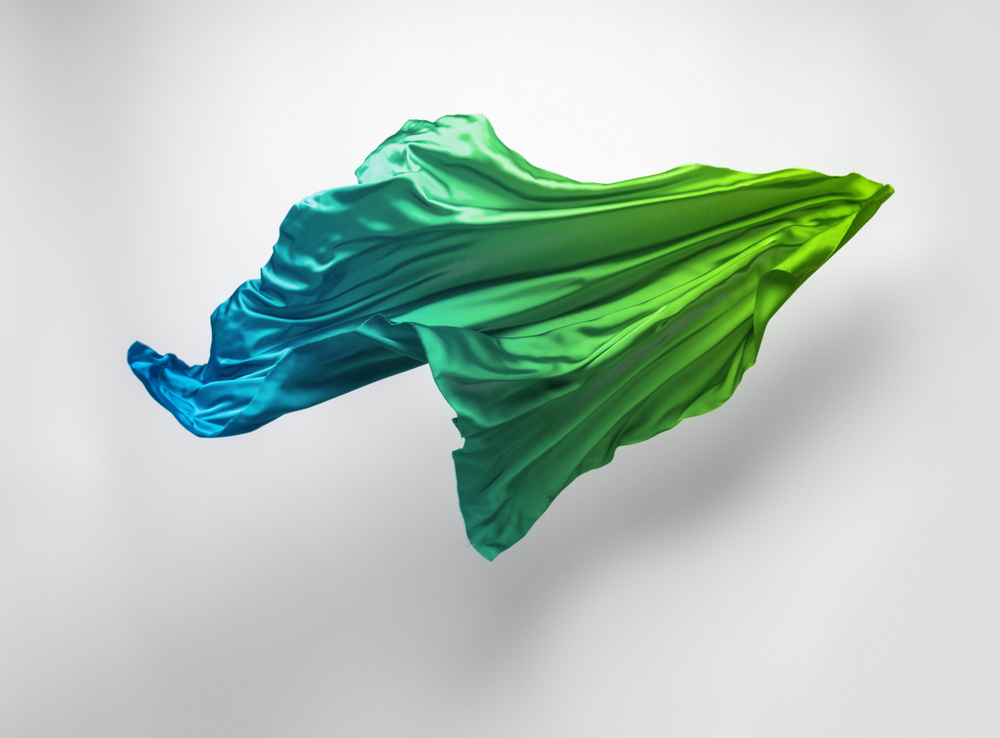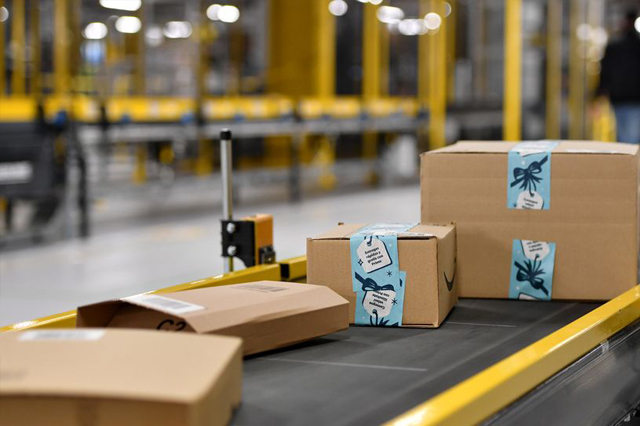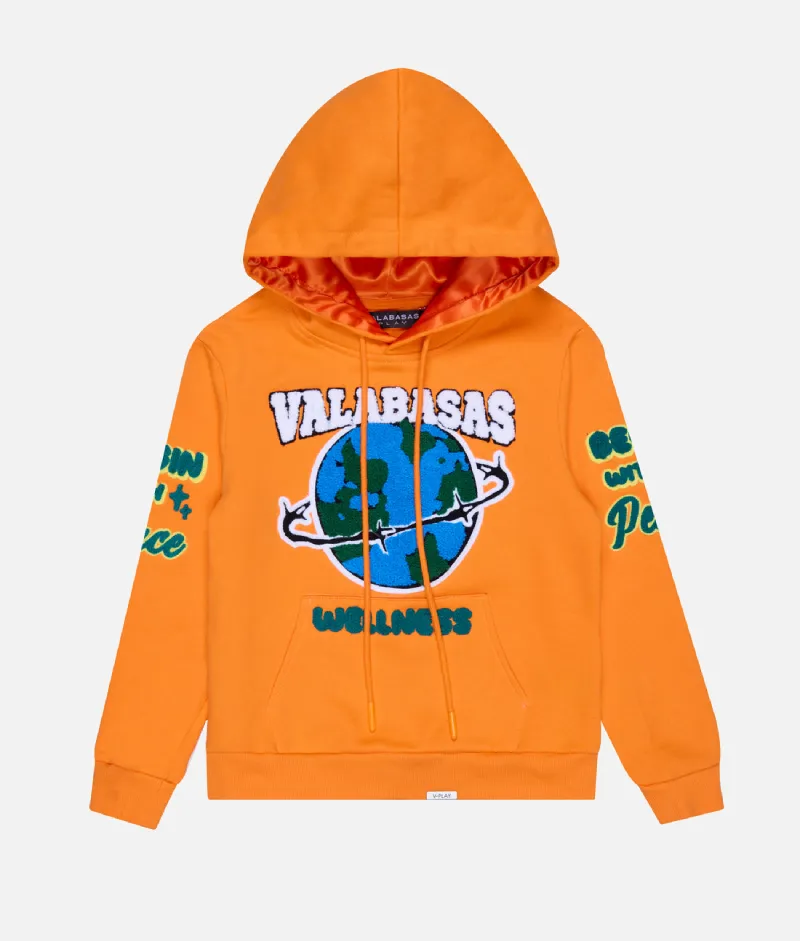Have you ever stopped to ponder the fascinating world of textile fabrics? From the softness of cotton to the durability of nylon, fabrics come in a myriad of types, each with its unique characteristics and applications. But what exactly are textile fabrics, and how do fabric suppliers in Pakistan differentiate them? stay with us as we look at the complex nature of textile materials, including their numerous compositions, properties, and the role of fabric suppliers in providing tailored solutions to fulfill industrial needs.
What Are the Primary Types of Textile Fabrics?
Textile fabrics are materials made by weaving, knitting, or bonding fibers together. They come in a variety of types, each with unique properties and uses. Let’s explore the primary types of textile fabrics.
- Woven Fabrics: Created by interlacing warp and weft yarns at right angles, woven fabrics are known for their strength and durability. Common types include plain weave, twill, and satin.
- Knitted Fabrics: Made by interlooping yarns, knitted fabrics are stretchy and comfortable. They are categorized into weft-knit (e.g., jersey) and warp-knit (e.g., tricot) fabrics.
- Non-Woven Fabrics: Produced by bonding or felting fibers together, non-woven fabrics are versatile and used in various applications such as medical supplies and geotextiles.
What Constitutes a Textile Fabric, and What Are Its Key Components?
Textile fabrics are flexible materials composed of natural or synthetic fibers that are woven, knitted, or bonded together to form a coherent structure. Let’s delve into the key components that make up textile fabrics.
Fibers
Fibers are the building blocks of textile fabrics and can be categorized as natural fibers (cotton, wool, silk) or synthetic fibers (polyester, nylon, acrylic). These fibers determine the properties and characteristics of the fabric, such as softness, strength, and breathability. Natural fibers tend to be more breathable and comfortable, while synthetic fibers offer durability and resilience. The choice of fiber significantly influences the end-use and performance of the textile product.
Yarns
Yarns are spun or twisted strands of fibers that are used to create the structure of the fabric. Yarns can vary in thickness, twist, and composition, resulting in different textures, patterns, and densities in the fabric. The type of yarn used affects the fabric’s overall feel, elasticity, and strength. For instance, finer yarns produce smoother and lighter fabrics, while thicker yarns create heavier and more durable textiles. The spinning process and fiber blend determine the yarn’s characteristics and suitability for specific applications.
Weaves/Knits
The arrangement of yarns in the fabric determines its weave or knit structure, which affects its appearance, drape, and durability. Common weave patterns include plain, twill, and satin, each offering unique properties. Plain weaves are simple and durable. Twill weaves are known for their diagonal patterns and flexibility, and satin weaves provide a smooth and lustrous surface. Knit fabrics are characterized by interlocking loops of yarn. Providing stretch and comfort. The choice of weave or knit pattern impacts the fabric’s functionality and aesthetic, making it suitable for various uses from casual wear to technical textiles.
Finishes
Fabric finishes, such as dyeing, printing, and coating, can alter the appearance, texture, and performance of the fabric, adding color, patterns, or special properties like water repellency or flame resistance. Dyeing adds vibrant and lasting colors, printing allows for intricate designs and patterns, and coatings can enhance functionalities such as durability, stain resistance, and protection from elements. Finishing processes are essential for enhancing the fabric’s appeal and usability, tailoring it to meet specific consumer needs and industry standards.
How Are Textile Fabrics Differentiated Based on Fiber Type and Construction?
Textile fabrics can be differentiated based on the type of fibers used and the method of construction. Resulting in a diverse range of fabrics with varying properties and applications. Let’s explore some common differentiators.
- Natural vs. Synthetic Fibers: Fabrics can be classified as natural, synthetic, or blends, depending on the type of fibers used. Natural fibers, such as cotton and wool, offer breathability, moisture absorption, and biodegradability, while synthetic fibers, like polyester and nylon, provide durability, water resistance, and colorfastness.
- Woven vs. Knit Fabrics: Fabrics can be woven or knitted, depending on the method of construction. Woven fabrics are created by interlacing yarns at right angles. Resulting in a stable and structured fabric. While knit fabrics are created by interlocking loops of yarn. Offering stretch, flexibility, and comfort.
- Specialty Fabrics: Some fabrics are engineered with special properties or treatments to meet specific requirements. Such as waterproof fabrics, flame-retardant fabrics, or antimicrobial fabrics. These specialty fabrics cater to niche markets and applications, offering enhanced performance and functionality.
What Are the Different Finishing Techniques Used on Fabrics?
Finishing techniques are applied to fabrics to enhance their appearance, texture, and performance. Let’s explore some common finishing techniques.
- Dyeing and Printing: Adding color to fabrics through dyeing (immersion in a dye solution) or printing (applying color to specific areas) thus creates vibrant and diverse patterns.
- Mechanical Finishes: Techniques like calendaring (smoothing), raising (creating a fuzzy surface), and shearing (cutting surface fibers) subsequently modify the fabric’s texture and appearance.
- Chemical Finishes: Applying chemicals can, in turn, impart properties such as water resistance, flame retardancy, and anti-static behavior, thereby enhancing the fabric’s functionality.
How Do Specialty Fabrics Like Waterproof Fabrics Work?
Specialty fabrics are designed for specific functions, such as waterproof fabrics that provide protection against moisture. Let’s understand how they work.
- Coated Fabrics: Waterproof fabrics often have a coating or laminate layer, such as polyurethane (PU) or polyvinyl chloride (PVC), that prevents water penetration while allowing breathability.
- Membrane Technologies: Advanced waterproof fabrics use membrane technologies like Gore-Tex, which combine waterproof and breathable layers to keep moisture out while allowing vapor to escape.
- Application Areas: Waterproof fabrics are widely used in outdoor gear, sportswear, tents, and protective clothing. Ensuring comfort and protection in various environments.
What Are the Key Textile Fabric Products Offered by Leading Suppliers in Pakistan?
As leading fabric suppliers in Pakistan, Avon Commercial offers a wide range of textile fabrics tailored to meet the diverse needs of industries. Here are some key fabric products:
- Cotton Fabrics: Soft, breathable, and versatile, cotton fabrics are ideal for clothing, home textiles, and medical supplies.
- Polyester Fabrics: Durable, wrinkle-resistant, and easy to care for, polyester fabrics are suitable for apparel, upholstery, and industrial applications.
- Waterproof Fabrics: Designed for outdoor and protective wear, these fabrics offer excellent water resistance while maintaining comfort and breathability.
- Blended Fabrics: Combining the best properties of natural and synthetic fibers. Blended fabrics are used in fashion, sportswear, and interior textiles.
- Technical Fabrics: Engineered for specific applications, technical fabrics provide functionalities such as fire resistance, UV protection, and antimicrobial properties.
How Can Fabric Suppliers Contribute to Sustainability in the Textile Industry?
Fabric suppliers play a crucial role in promoting sustainability in the textile industry through innovative practices and eco-friendly products. Let’s explore how they contribute.
- Sustainable Sourcing: By sourcing fibers from sustainable and ethical suppliers, fabric companies not only ensure that the raw materials used are environmentally friendly but also that they are socially responsible.
- Eco-Friendly Production: By implementing energy-efficient processes, reducing waste, and minimizing the use of harmful chemicals, fabric manufacturing consequently contributes to a lower environmental impact.
- Recycled Fabrics: Producing fabrics from recycled materials, such as recycled polyester from plastic bottles, helps reduce waste and conserve resources, promoting a circular economy.
- Certification and Standards: Adhering to international sustainability standards and obtaining certifications (e.g., GOTS, OEKO-TEX) ensures that fabrics meet high environmental and ethical criteria.
Conclusion: The Versatile World of Textile Fabrics
In conclusion, textile fabrics are a fundamental part of our daily lives, offering a wide range of properties and applications. From natural to synthetic fibers, from simple weaves to advanced waterproof technologies, the world of fabrics is rich and diverse. Leading fabric suppliers in Pakistan, like Avon Commercial, provide high-quality and innovative textile solutions, catering to the needs of various industries while promoting sustainability and environmental responsibility. Partner with Avon Commercial today to explore the endless possibilities of textile fabrics and bring your creative visions to life.
Be sure to check out the rest of the site for more captivating blogs!




